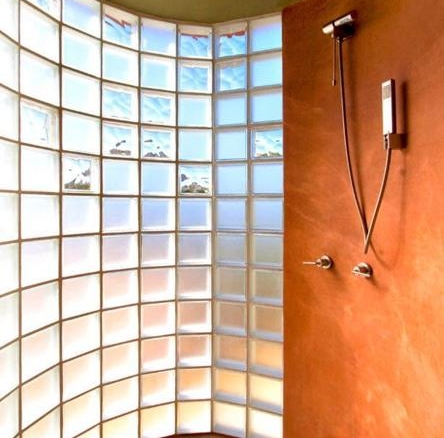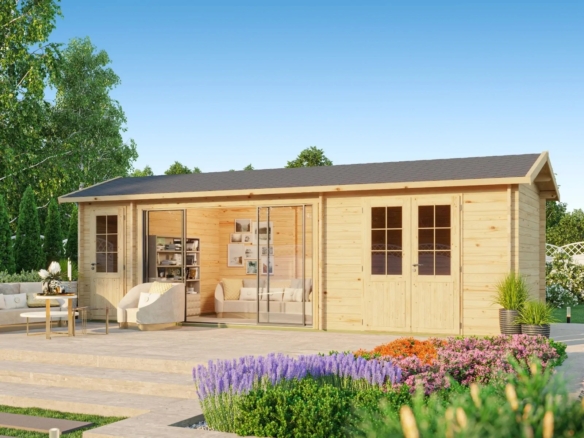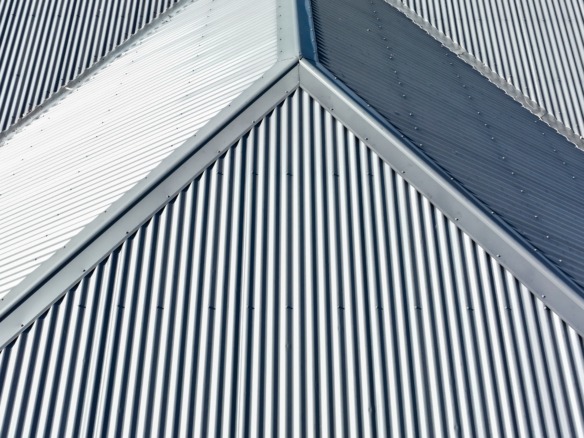It’s not always easy to keep your home warm during the winter months. It can be expensive, time-consuming, and frustrating. The good news is that there are many ways to keep your additions warm without breaking the bank or going crazy with DIY projects.
Why You Should Worry About Heating Your Addition
Before the winter chill sets in, you must know why you should worry about heating your addition. If left unheated, drafts will creep into the area and cause the temperature to drop. This may lead to frozen pipes or furniture that has become cold after sitting near an unheated wall for too long.
Even if you plan on selling your home soon, it is still essential to keep your addition warm. A potential home buyer will be less likely to make an offer on a house that doesn’t have a comfortable place to relax or entertain guests.
How to Keep Your Addition Warm
Now that you know why it is vital to keep your addition warm, it’s time to look at how you can keep your addition warm. Here are some ideas that you can use.
Install a Programmable Thermostat
Programmable thermostats are great because they let you save money on heating bills by adjusting the temperature based on the time of day and when you’re typically at home or away from home.
You can also set different temperatures for different times so things don’t get too hot in summer or too cold in winter! They’re also great if you have pets because they automatically turn off when nobody’s around to help prevent accidents.
One thing to be careful of with a programmable thermostat is that you set it to the right temperature. Many people put it too high in winter, even though they’re not at home. This wastes heating energy and increases your bills.
Give Your Crawl Space a Thorough Cleaning
If you use your crawl space for storage or an extra place to stay, you should make sure that the area is clean before winter hits. This means giving it a thorough cleaning and making sure there’s nothing in there that could be potentially dangerous for your family.
If you don’t use the crawl space, you should think about sealing off any cracks where air could get through so that your house is more insulated. Just remember to do this only if the area isn’t being used, or you’ll have to deal with extra humidity.
Add Some Extra Insulation
Adding insulation is a great way to keep your additions warm during the winter. It’s a relatively easy and affordable project that can make a big difference in how warm your home feels. If you’re unsure where to start, there are many insulation guides online that can walk you through the process step by step. It’s also good to check for nearby heat sources, including electric cables and more minor cracks that you overlooked.
You can also add insulation to your windows, but you should look into if you already have double or triple glazing installed, since extra layers can make the glass much less transparent.
Cover Any Exposed Water Pipes with Insulation
Despite your best efforts, there’s always a risk that cold weather can freeze your water supply because of how close it is to the exterior walls of your home. One way to keep this from happening is by wrapping all exposed pipes in insulation once the temperature starts dropping below 50 degrees Fahrenheit.
One great material for this is foam pipe insulation, because it’s easy to cut and generally low cost. If you’re using foam insulation around your water supply, keep it at least 4 feet away from electric appliances, or they may get damaged due to the heat.
Use a Space Heater During the Night
If you’re trying to keep your home as warm as possible without breaking the bank, then using a space heater during the night is probably one of the best ways to go about it. It’s not too expensive and can easily be moved from room to room if needed.
Space heaters are also great because they only use electricity when needed, so they’re not wasting energy while you sleep. However, be careful to make sure that you don’t leave them on for too long because it could be dangerous. This is especially true if you decide to leave the house for an extended period. So before you go, make sure to turn off the space heater.
Install Weatherstripping
Weatherstripping is a great way to keep your additions warm and can be done relatively quickly and cheaply. It’s an excellent idea to weatherstrip your doorways, windows, and other areas where cold air might be entering your home. You can buy weatherstripping at most hardware stores or online. Make sure to read the directions carefully so you install them properly.
If you have any drafty areas in your home, weatherstripping is a great way to fix the problem without spending too much money. It’s also an excellent way to make your home more energy-efficient, saving you money in the long run.
Add Some Thermal Curtains
Thermal curtains are another great way to keep your additions warm during the winter. They act as insulation against the cold air, which is an excellent option if you have drafty windows.
These curtains are relatively easy to find, but there’s no guarantee that they’ll fit your home perfectly. So it’s always a good idea to measure the windows before purchasing them to ensure you’re getting the correct size. Remember, though, that you should place thermal curtains on the inside of your windows so they can do their job.
Install a Blower Door
A blower door is one of the most expensive ways to keep your additions warm during the winter, but it’s also among the best. This device attaches to your door and allows you to measure how airtight or drafty your home is actually.
Once you have the measurements, you can then take steps to fix the problem areas. This may include weatherstripping your doors and windows, adding floor insulation, or installing a new furnace. If you’re having trouble with cold air drafts in your home, then a blower door is a great way to find and fix the problem.
If you don’t want to install a blower door, you could instead install an appropriately-size PTAC unit or even a heat pump.
Buy a Heating Pad
If you’d rather not deal with any of these other options, then buying a heating pad is probably the simplest solution to your problem. In addition, they usually cost less than $20, so they’re relatively cheap and can be used for other purposes.
Just remember that you should use heating pads in addition to your other sources of heat, not in place of them. This means you’ll still need a space heater and a furnace at night. They’re simply a great way to make sure none of your additions freeze overnight or when you can’t afford to use other heating systems.
Once you’ve made sure that your additions are warm, all that’s left is to be careful while using any of these heating sources. Never leave them on for over eight hours, and always make sure to unplug anything before leaving the house.
Install Storm Windows and Doors
If you live in an area that gets a lot of snow or cold weather, installing storm windows and doors is a great way to keep your home warm. These windows and doors are designed to withstand the harshest weather conditions, so they’re perfect for people who live in cold climates.
Storm windows and doors can be expensive, but they’re worth the investment if you live in a cold area. They will help keep the warm air in your house, so you don’t rely on electric heating.
If you have drafty windows or doors, installing storm windows is a great way to keep your home warmer without spending too much money. You can find them at most hardware stores or online, and they’re usually not too difficult to install. Just make sure you read the directions carefully, do it properly, or hire a professional to do it for you.
Conclusion
Keeping your additions warm during the winter can be a challenge, especially if you live in a drafty home. But there are many options for keeping them warm without spending too much money. Weatherstripping is one of the cheapest solutions to this common problem. Still, it’s important to remember that caulking is only temporary and isn’t as effective at keeping the cold air out.
Insulating your windows and doors with curtains or even a blower door can be expensive, but they will pay for themselves in the long run in terms of heating bills and convenience. If you don’t want to deal with these options, buying a heating pad is probably the best solution for quick warmth.
Finally, installing storm windows and doors is a great way to keep your home warm during the winter, especially if you live in a cold climate. They’re not too expensive, and they can be installed relatively easily. Just make sure you read the directions carefully or hire a professional to do it. With these tips in mind, you should be able to keep your home warm without spending too much money.




